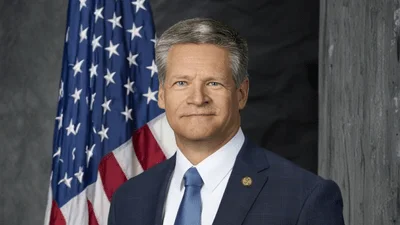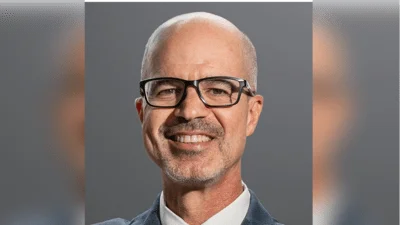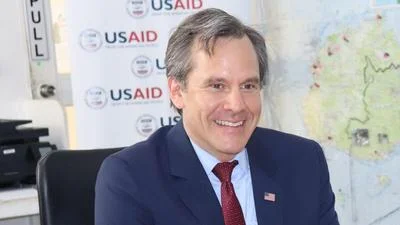Springdale, Cedar City, Bryce Canyon City, Utah and Fredonia, Arizona -A new National Park Service (NPS) report shows that visitors to Zion National Park, Bryce Canyon National Park, Cedar Breaks National Monument and Pipe Spring National Monument in 2014 spent $340 Million in communities near the parks. That spending supported 4,983 jobs in the local area and had a cumulative benefit to the local economy of $433.8 Million.
"For 2014, Zion saw another record year in visitation with almost 3.2 million visitors and for the first quarter of this year, visitation continues on a pace to exceed last year's annual attendance," said Superintendent Jeff Bradybaugh. "Our busy season now starts March 1st and lasts through mid-November which during peak periods provides capacity challenges for the park. With the help of area businesses, park partners and local governments we work together to meet these challenges and to provide a safe and enjoyable visit to Zion National Park."
"Bryce Canyon National Park's visitation was 9.4% higher in 2014 compared to 2013," added Superintendent Lisa Eckert. "The State of Utah's Mighty Five Campaign has been extremely successful at marketing the parks nationally and internationally. According to the study, our visitors brought over $142 Million into the local economy."
"We could not serve all these visitors and provide such great experiences without local support," said Paul Roelandt, Cedar Breaks Superintendent (435-586-9451). "In addition to the year round educational and recreational opportunities available at the park, our visitors need places to stay, eat, and shop. Some also need equipment and services that we cannot provide. We appreciate the partnership and support of all our gateway communities, and are glad to be able to contribute to the economic health of our neighbors by supporting over 700 local jobs."
"Pipe Spring is a small historical park located within the Kaibab Paiute Indian Reservation in Northern Arizona," added Superintendent John Hiscock. "People from around the world stop in on their way to Grand Canyon, Zion or Bryce. National park tourism is a significant driver in the national economy, returning $10 for every $1 invested in the National Park Service, and specifically, a big factor in our local economy. In 2014, visitors to Pipe Spring spent approximately $3 million in the local communities of the Reservation, Fredonia, Arizona, and Kanab, Utah. We are glad to be able to provide that kind of benefit to the communities in Utah and on the Arizona Strip."
The peer-reviewed visitor spending analysis was conducted by U.S. Geological Survey economists Catherine Cullinane Thomas and Christopher Huber and National Park Service economist Lynne Koontz. The report shows $15.7 billion of direct spending by 292.8 million park visitors in communities within 60 miles of a national park. This spending supported 277,000 jobs nationally;235,600 of those jobs are found in these gateway communities. The cumulative benefit to the U.S. economy was $29.7 billion. According to the 2014 report, most park visitor spending was for lodging (30.6 percent) followed by food and beverages (20.3 percent), gas and oil (11.9 percent), admissions and fees (10.2 percent) and souvenirs and other expenses (9.9 percent).
Specifics on the local parks are as follows:
Park Visitation Total Visitor Spending Jobs Supported Local Economic Benefit
Bryce Canyon National Park 1,435,741 117,882,800 1810 142,767,300
Cedar Breaks National Monument 762,907 47,049,100 701 54,528,100
Pipe Spring National Monument 56,484 3,485,700 49 3,690,880
Zion National Park 3,189,696 172,231,900 2,423 33,123,400
To download the report visit https://www.nature.nps.gov/socialscience/economics.cfm
The report includes information for visitor spending at individual parks and by state.
To learn more about national parks in Utah and Arizona and how the National Park Service works with local communities to help preserve local history, conserve the environment, and provide outdoor recreation, go to www.nps.gov/Utah and www.nps.gov/Arizona.
Source: U.S. Department of the Interior, National Park Service





